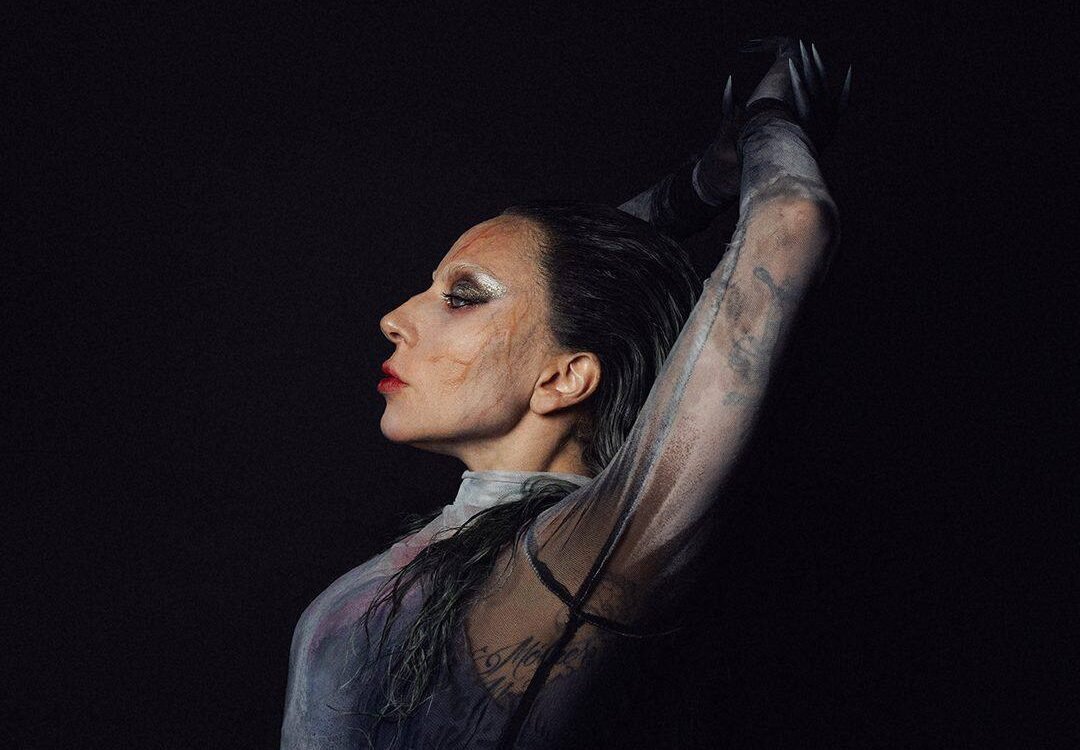Mayhem Cements Lady Gaga’s Place in Superstardom
By Beth O’Halloran, Music Editor
It’s fair to say that Lady Gaga has been omnipresent in both music and pop culture since the beginning of her career, or at least to me. One of the very first songs I begged to have downloaded onto my iPod Nano in 2010 was “Paparazzi”, her 2014 collaborations with Tony Bennett were some of my first introductions to jazz and swing, and despite the lacklustre film that accompanied it, Harlequin was one of my favourite music releases of 2024. Her constant presence in pop culture has seen her work span multiple genres, from electronic to Americana, jazz to chamber pop, to name but a few. But in the wake of several films, new personnel, and a Grammy award-winning collaboration with Bruno Mars, could she still create a fresh pop album while going back to basics?
Mayhem marks Gaga’s return to the avant-garde dance-pop that had kickstarted her career in the first place. Her return to pop music since 2020’s Chromatica started off somewhat shakily, with the release of “Disease” in October 2024 failing to gain the traction or popularity that “Die with a Smile” had recently amassed. This punchy, heavy synth-rock record serves as the lead single and also the album's opener. Despite peaking at 27 on Billboard’s Hot 100, it serves as a loud reintroduction to Gaga’s artistry and vision, crafting upbeat melodies with punchy synths. Despite these strengths, it’s not the best song on the album, but this serves as more of a testimony to the body of work as a whole.
The album is rooted in electro-pop - which isn’t Gaga’s first rodeo in this genre - as well as experimenting with Bowie-esque sounds of the 70s and 80s. Gaga has described the album as ‘a transgressive journey through genres’ which no doubt is a result of the production team behind the work. French DJ Gesaffelstein joins the likes of Andrew Watt and Cirkut, and his background rooted in industrial-dance sounds really shine through his collaborative efforts on Killah. Gaga’s fiancé Michael Polansky is credited as a songwriter on seven out of the fourteen tracks. There is heavy influence from artists like Prince and Blondie, which can be heard on the tracks “Zombieboy” and “Don’t Call Tonight”.
These funk driven tracks work well both on and off the dancefloor, and are both my personal favourites from the album for this reason. It wouldn’t be a Lady Gaga album without genre-bending at every turn, with transitioning between each song feeling like whiplash, but in a way that excites for what’s to come next. “How Bad Do U Want Me” evokes synth and chamber-pop sounds that may very well have come out of Taylor Swift’s notes for Lover, in both sound and songwriting. This comparison is so similar in fact, that fans of both are already speculating a collaboration or at least Swift’s involvement on the record. The album’s brash, bold beginning gently fizzles out into a gentler conclusion, shown best by the penultimate track “Blade of Grass” and even “Die with a Smile”, a surprise addition that serves as the albums closer. While some have critiqued this inclusion as out of place, and my own skepticism being owed to how overplayed it has been the last few months, the ballad closes the album nicely, although I can see its strengths in remaining just a single.
I’ve seen numerous online jokes and references detailing that Gaga’s return to pop is a recession indicator, given the current political and economic climate mirroring that of the years following the 2008 crash. It seems as if her career has come full circle in line with this. An increase in LGBT hate crimes year after year is in line with the homophobia present in our society throughout the late 2000s and continues today. Gaga, a lifelong advocate for LGBT rights, reiterated her support for the transgender community during her recent Grammy’s acceptance speech.
Following a series of transphobic legislations passed in both the United States and the United Kingdom, it’s not an exaggeration to say that self-expression is becoming increasingly dangerous. While art isn’t a simple fix to this, it can offer an escape from hardship for at least the album's duration. Listening to Mayhem feels like an escape in the form of a night out, starting off bold and full of confidence, transitioning to the hedonism of a well-fueled disco, then slowly becoming more quiet and introspective as the night draws to a close and the sun rises again. A testament to Gaga’s music past and present, this album cements her position in pop superstardom, a status symbol she’s unlikely to ever lose.



